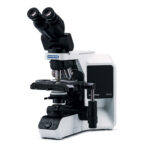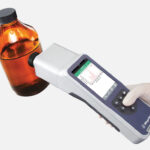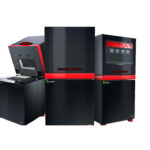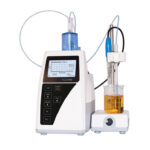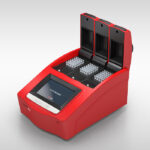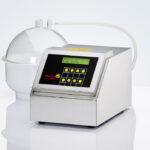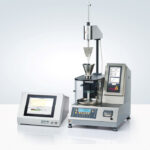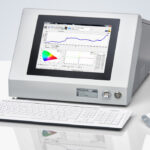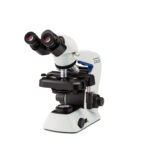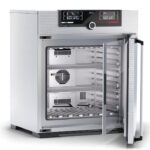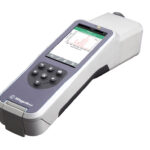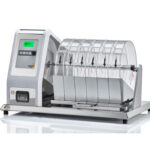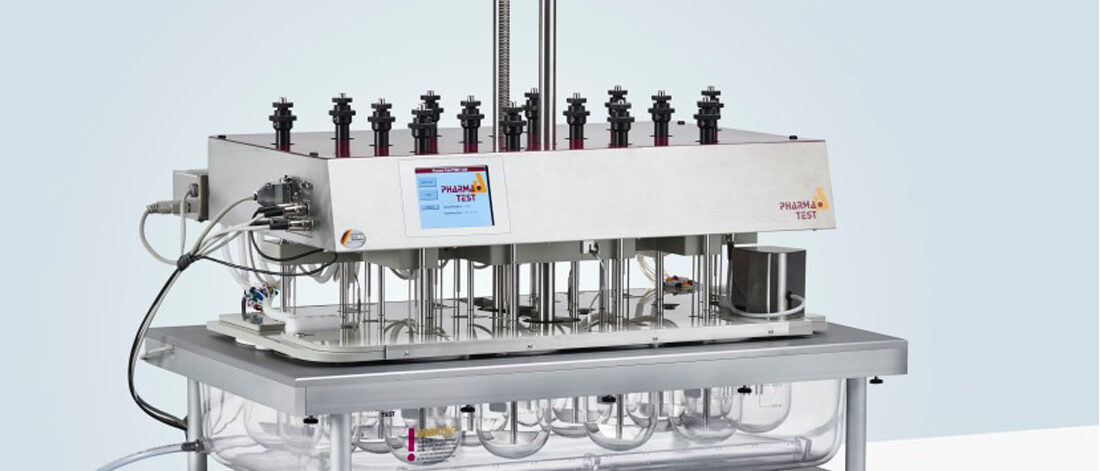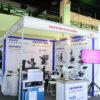In the last few years controlled release dosage forms have made significant progress in terms of clinical efficacy and patient compliance. The objective of designing a controlled release system is to deliver drug at a rate necessary to achieve and maintain a constant drug blood level. Moreover these dosage forms have been specially designed to release the drug slowly over several hours, to protect the drug from the low pH of the stomach, and/or to protect the stomach from the irritating effects of the drug. Key advantages to the use of this technology are prolonged activity, fewer doses, fewer side effects and reduced toxicity. Too much of a medicinal ingested or injected all at once in order to have a maintenance concentration can mean wasted material or toxic side effects. Decreasing the dose rate it is possible to avoid these problems and to find a better efficacy results. A major objective of the controlled release scientist is to determine
the best speed of release to obtain optimal performance. The success of theophylline controlled release as a bronchodilator to treat bronchitis is due to its
prolonged release rate (Acevez, Cruz, Hernandes, 2000; Chambin et al., 2004; Myiagawa et al., 1996). Theophylline, a bronchodilator, relaxes and opens the
air passages to the lungs, making it easier to breathe. This drug is used mainly in solid oral dosage forms, particularly slow release forms, and has a narrow therapeutic index, requiring regular monitoring of serum theophylline concentrations to avoid adverse effects (Turner-Warwick 1988; Montplaisir, Walsh, Malo, 1982) It is possible to design systems with continuous and uniform delivery of the drug, and the way to produce controlled release include micro-encapsulation, film coating, solid dispersions, and polymeric matrices. Usually specially designed polymers are used to make this control. Water insoluble materials like ethylcellulose have been used in matrices to achieve controlled release of drugs. Eudragit® RS 30D and Eudragit® NE 30D are able to slow down drug diffusion very noticeably since they are slightly swellable and slightly permeable. Their permeability is comparable, but Eudragit® NE 30D presents the advantage of being without any plasticizer addition, different from RS 30D that requires 20% in weight of triethylcitrate (Eudragit®, 2003) (Acevez, Cruz, Hernandez, 2000; Pather et al., 1998, Salomon, Doelker, 1980). The purpose of this work was to produce theophylline release matrix tablets using Eudragit® RS 30D and NE 30D
and to evaluate the effect of these methacrylic acid esters polymers with respect to polymer type and concentration, diluent, magnesium stearate type intending to prevent the mixture to adhere to the punches formers as lubricant to control theophylline tablets release. Theophylline was chosen as a model drug due to its
efficiency to treat chronic obstructive pulmonary disease, and a narrow therapeutic index wich requires regular monitoring of serum theophylline concentrations. In this way slow release forms of theophylline can be used to avoid adverse effects and promote its more efficient use (Robinson, Eriksen, 1966; Hendeles, Weinberger, Johnson, 1978).
MATERIAL AND METHODS
Reagents and Materials
The material used, in accordance with pharmaceutical grade of purity, were: anhydrous theophylline (Ariston), Eudragit® RS 30D (Rhöm Pharma), Eudragit® NE 30D (Rhöm Pharma), triethylcitrate (Rhöm Pharma), lactose M200 (Henrifarma), tribasic calcium phosphate (Merck) and magnesium stearate (Quimibrás Brasil). The reagents of analytical grade were: potassium phosphate monobasic (Merck), sodium hydroxide (Merck), sodium chloride (Merck), and hydrochloric acid 37% (Merck). Anhydrous theophylline 99.80%, donated by Ariston, was used as reference standard in quantitative determinations.
For more information Download
